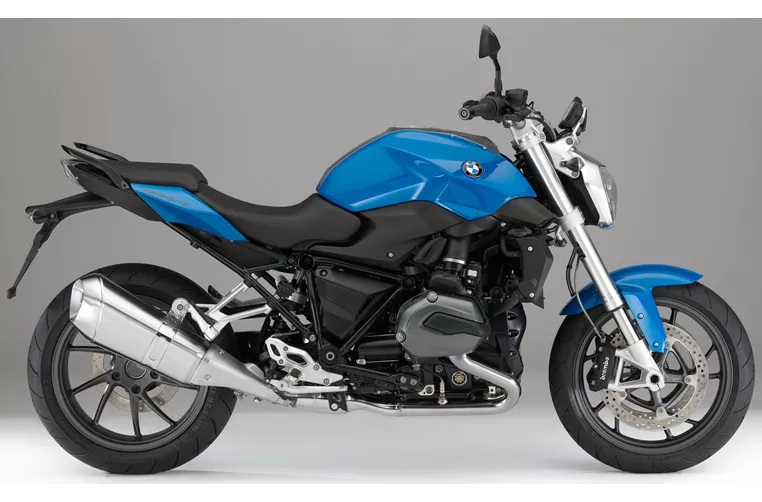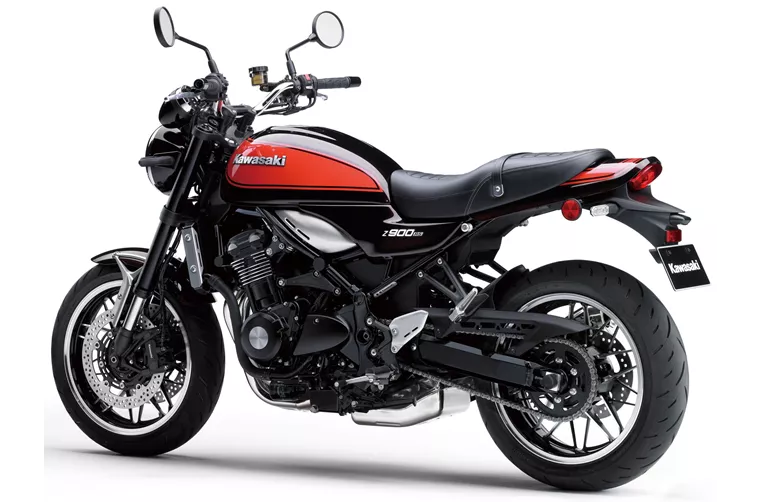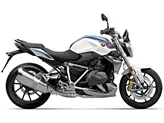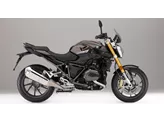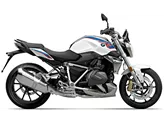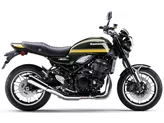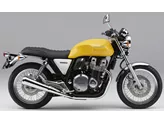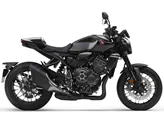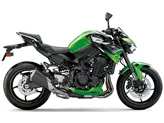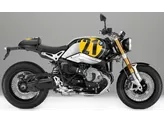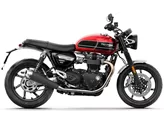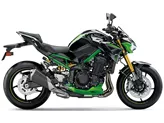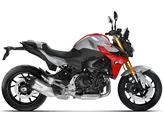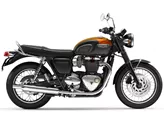BMW R 1200 R 2015 vs. Kawasaki Z900 RS 2018
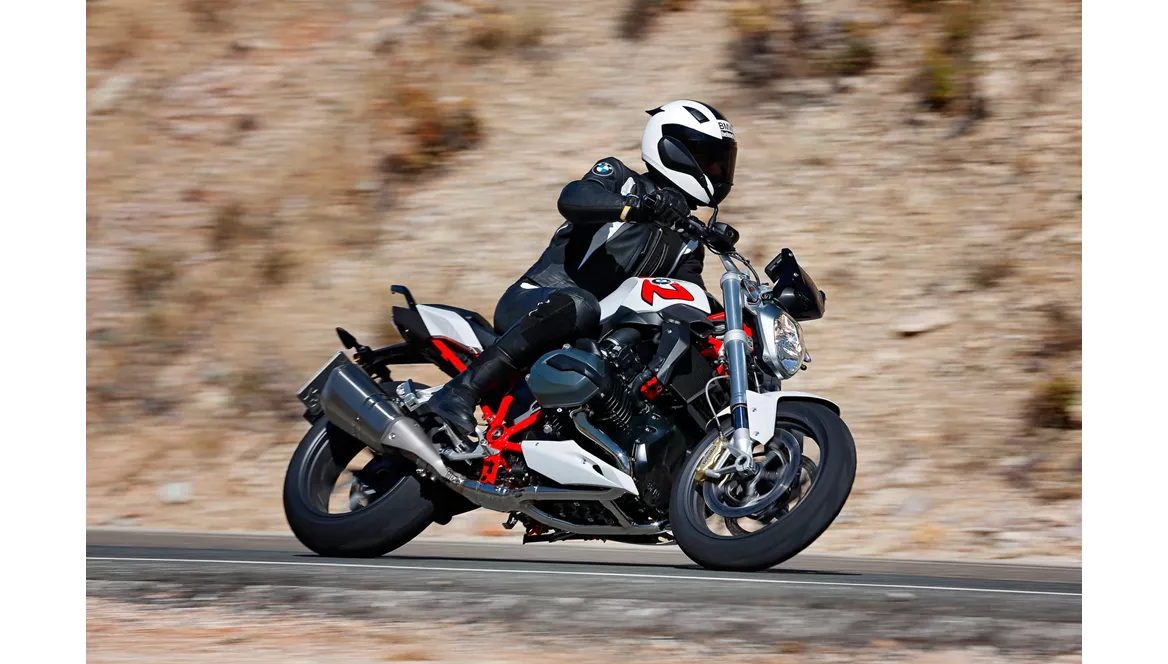
BMW R 1200 R 2015
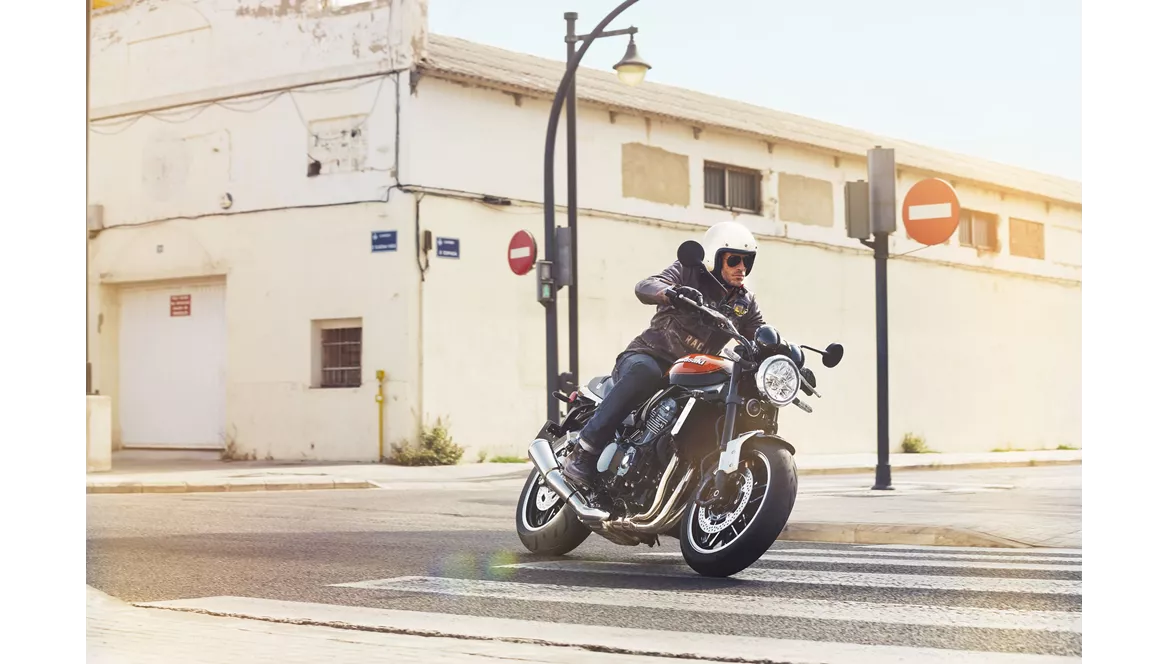
Kawasaki Z900 RS 2018
Overview - BMW R 1200 R 2015 vs Kawasaki Z900 RS 2018
The BMW R 1200 R 2015 and the Kawasaki Z900 RS 2018 are both naked bikes that offer a sporty and powerful riding experience. However, there are several differences between the two models.
In terms of engine specifications, the BMW R 1200 R 2015 is equipped with a Boxer engine that delivers 125 horsepower and 125 Nm of torque. On the other hand, the Kawasaki Z900 RS 2018 features an in-line engine that produces 111 horsepower and 98.6 Nm of torque. While the BMW has a larger displacement of 1170cc, the Kawasaki has a slightly smaller displacement of 948cc.
Both bikes have a similar front suspension setup with telescopic forks, but the BMW R 1200 R 2015 has a Paralever rear suspension, while the Kawasaki Z900 RS 2018 has a swing arm rear suspension. The chassis of both bikes is made of steel, but the BMW has a load-bearing engine frame, while the Kawasaki has a tubular frame.
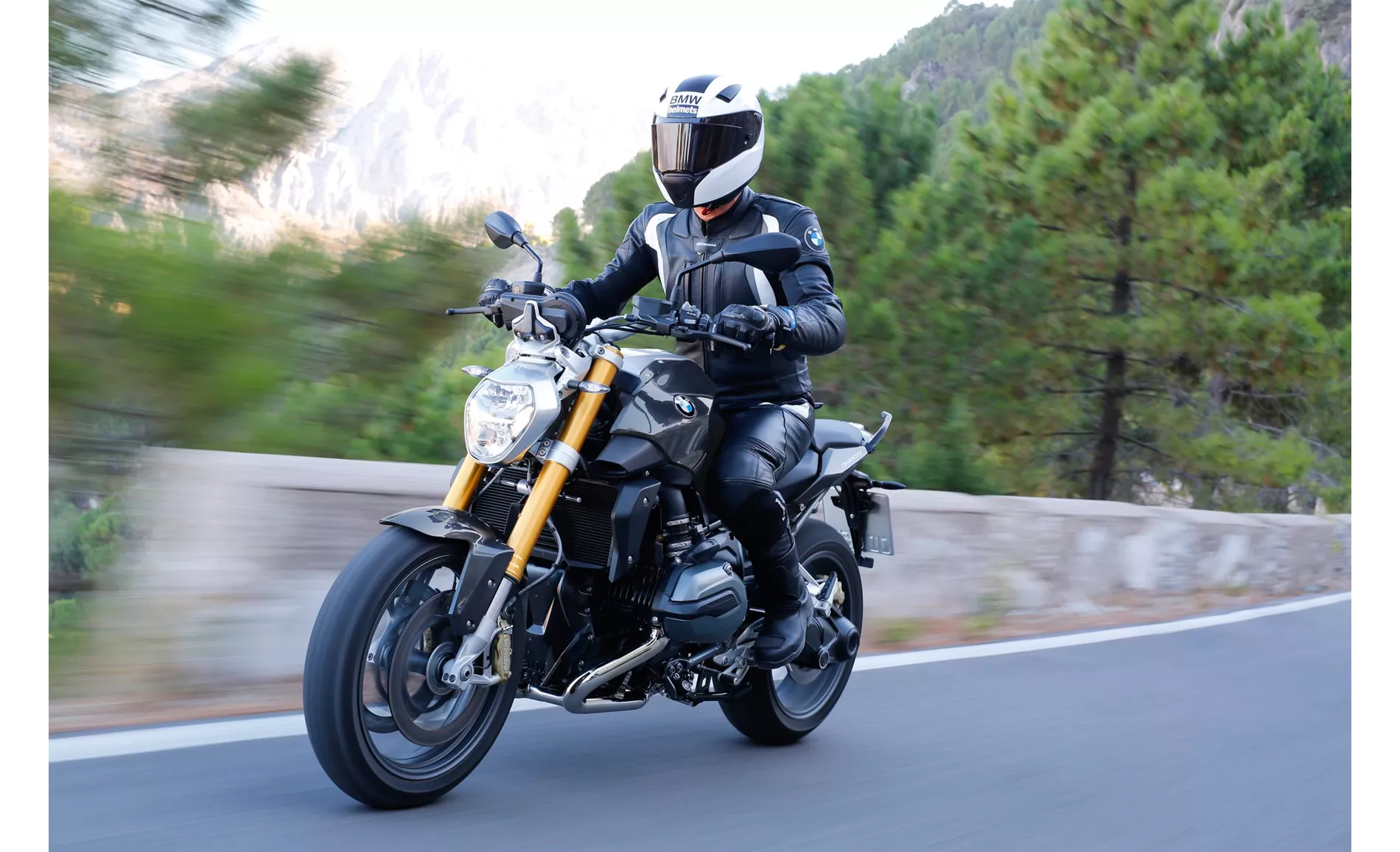
BMW R 1200 R 2015
In terms of braking, both bikes have double disk brakes with four pistons at the front. The dimensions of the front and rear tires are also the same, with a width of 120mm and a diameter of 17 inches.
When it comes to dimensions and weights, the BMW R 1200 R 2015 has a wheelbase of 1515mm and a seat height of 790mm. It weighs 231kg with ABS and has a fuel tank capacity of 18 liters. On the other hand, the Kawasaki Z900 RS 2018 has a slightly shorter wheelbase of 1470mm and a taller seat height of 835mm. It weighs 215kg with ABS and has a fuel tank capacity of 17 liters.
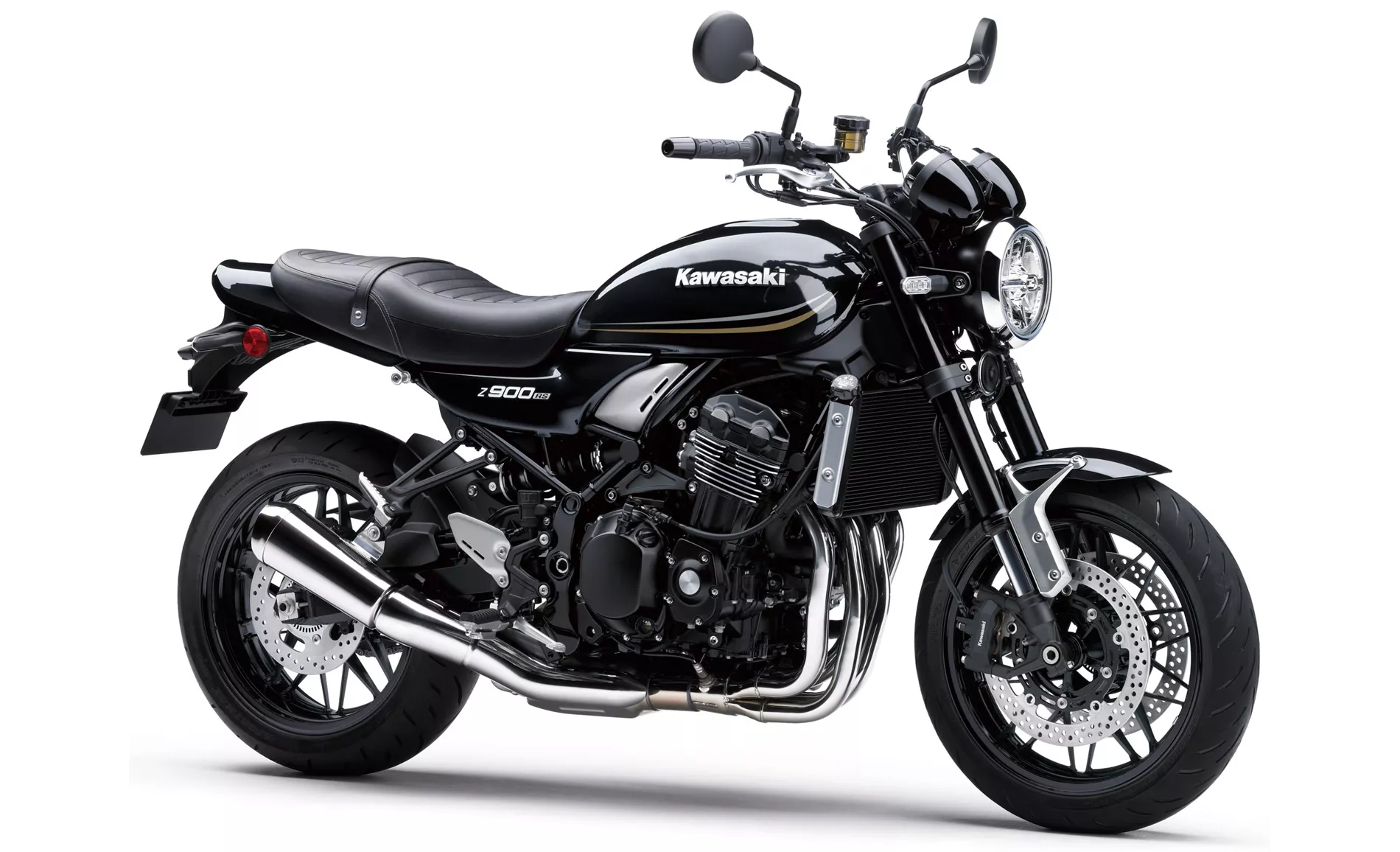
Kawasaki Z900 RS 2018
In terms of strengths, the BMW R 1200 R 2015 offers a sporty look, a powerful engine, and a comfortable seating position. It also comes with ABS and traction control as standard, and has two riding modes. On the other hand, the Kawasaki Z900 RS 2018 is praised for its powerful and smooth engine, good looks, comfortable seating position, and easy-to-ride nature. It also offers balanced handling, without being too nervous or ponderous.
However, the BMW R 1200 R 2015 has some weaknesses, including the fact that many cool features are only available at an extra cost and that the rev counter is poorly readable. On the other hand, the Kawasaki Z900 RS 2018 lacks a shift assistant and is slightly heavier than other retro bikes in its class. Some riders also find the seat to be a little too soft on long tours, and there is no wind protection.
In conclusion, while both the BMW R 1200 R 2015 and the Kawasaki Z900 RS 2018 offer a sporty and powerful riding experience, they have some differences in terms of engine specifications, suspension, chassis, and dimensions. Each bike has its own strengths and weaknesses, and riders should consider their preferences and priorities when choosing between the two models.
Technical Specifications BMW R 1200 R 2015 compared to Kawasaki Z900 RS 2018
Pros and Cons in comparison
Pros and Cons in comparison
BMW R 1200 R 2015
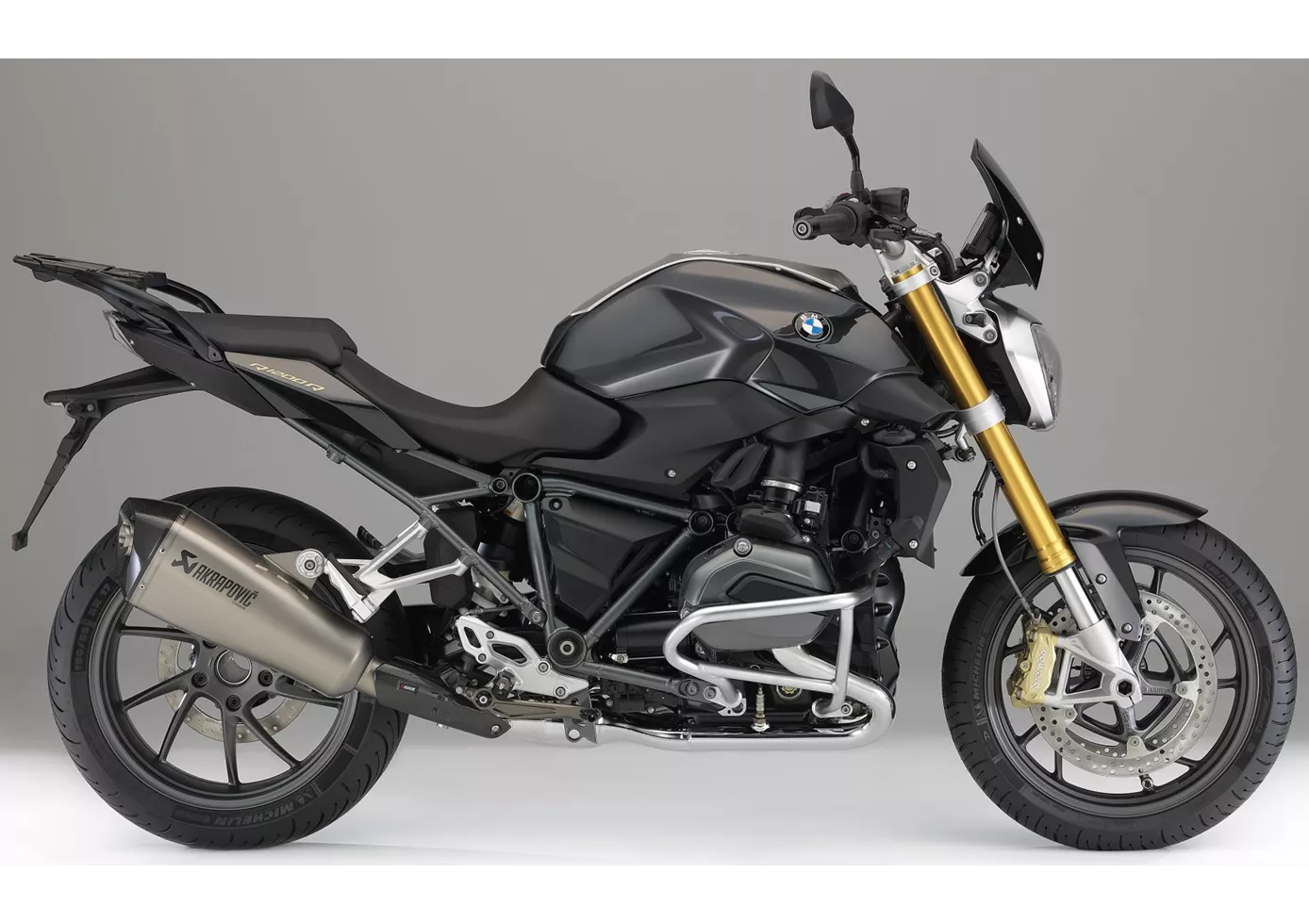
The predecessor was already able to be ridden in a sporty manner as well as convincing on tours, the new R 1200 R can do even more - thanks to the pannier system (of course at extra cost), travelling is still no problem, but it masters sport even better. Thanks to the now partially water-cooled boxer twin-cylinder engine, it is wonderfully agile - 125 hp may not seem like much on paper, but the engine pushes incredibly and behaves in a cultivated manner to boot. The chassis and brakes also score highly and the seating position is sporty and upright, covering a wide spectrum from wonderful fun to long-distance touring. Unfortunately, BMW also understands the trick with the surcharge list perfectly. The basic model is well equipped with ABS that can be deactivated, traction control that can also be deactivated and two driving modes, but many interesting gimmicks are almost obligatory - and of course drive the price way up.
Kawasaki Z900 RS 2018
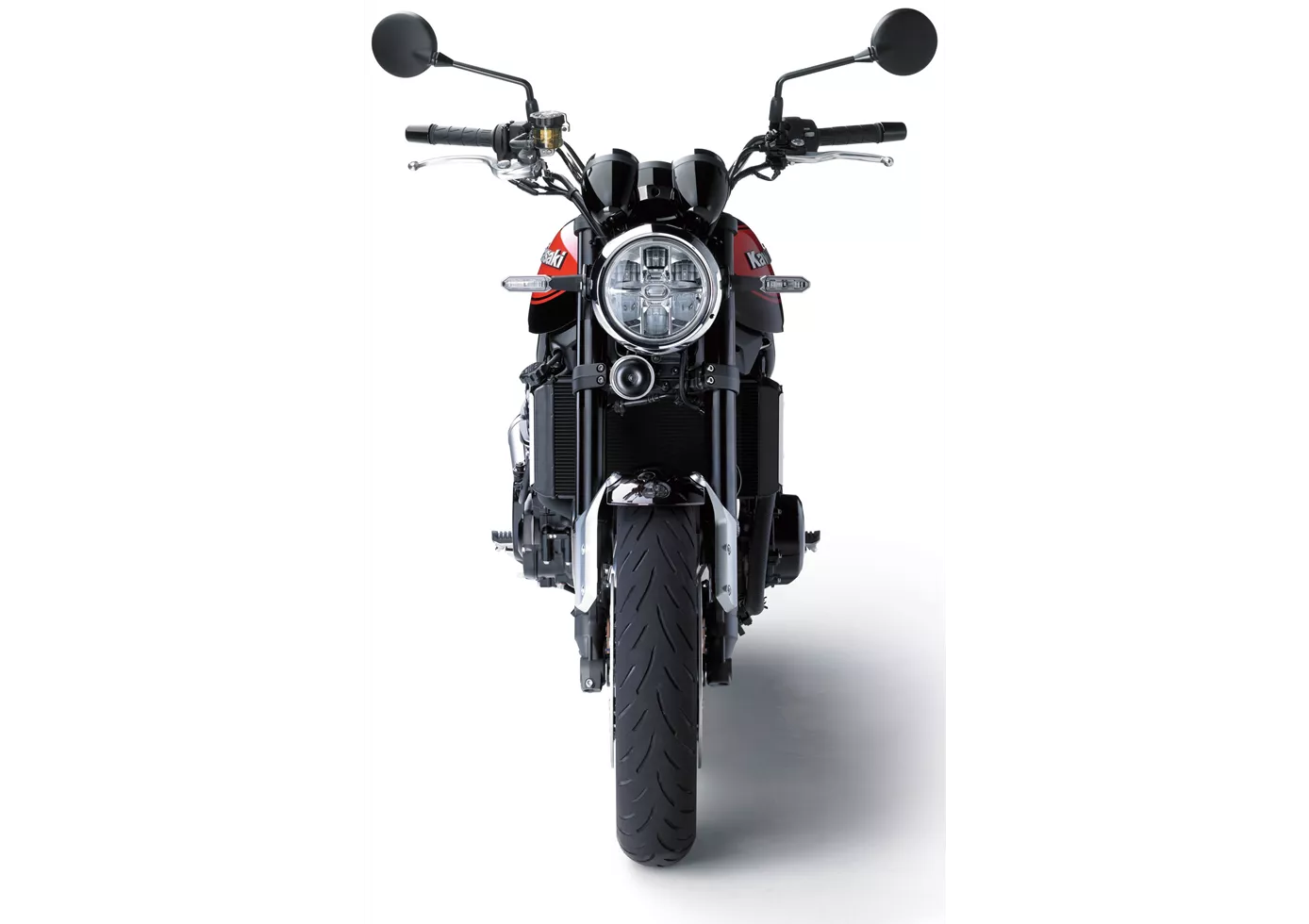
Its four-cylinder is silky smooth while delivering enough power to make you grin under your helmet. It is also very easy to move, which should make it a great commuter bike in everyday life and serve as an iconic fun bike at the weekend. The looks find the perfect straddle of classic design and modern details to form a coherent retro package that is also a worthy tribute to Kawasaki history. It's a great naked bike with a snazzy look.
Price Comparison Avarage Market Price BMW R 1200 R vs Kawasaki Z900 RS
There are a few key differences between a BMW R 1200 R 2015 and a Kawasaki Z900 RS 2018. In terms of price, the actual average price of a Kawasaki Z900 RS 2018 is about 13% higher. A BMW R 1200 R 2015 experiences a loss of 980 USD in one year and 620 USD in two years of ownership. This is offset by a loss of 900 USD and 1,070 USD for a Kawasaki Z900 RS 2018. Compared to Kawasaki Z900 RS 2018 there are less BMW R 1200 R 2015 bikes available on the 1000PS.de Marketplace, specifically 23 compared to 28. It takes less time to sell a BMW R 1200 R with 69 days compared to 154 days for a Kawasaki Z900 RS. Since model year 2007 1000PS.de editors have written 27 reviews for the BMW R 1200 R and 26 reviews for the Kawasaki Z900 RS since model year 2018. The first review for the BMW R 1200 R was published on 7/7/2006 and now has more than 14,900 views. This compares to more than 63,700 views for the first review on Kawasaki Z900 RS published on 9/6/2017.
